The grazing season of 2018 is on its last legs now as attention on farms right across the country turns to housing stock. Growth is at 14kg DM/ha/day. However, this year, housing is being dictated by grass running out as opposed to land getting excessively wet. While there have been significant levels of rainfall for the last 10 days, up to 90mm in parts of the south, it appears to be soaking quite well as a result of the exceptionally dry summer and autumn.
Most farms will now have at least 70 per cent of the farm closed with many farms, particularly ones on heavy ground, now approaching the 90% mark and above it. Thankfully, this back end has gifted farmers a perfect opportunity to set things up nicely for spring 2019. If a grazing planner was being implemented, the 50-60% of ground closed by 1 November should have a reasonable grass cover now. While grass measuring is probably the last thing on farmers’ minds at the moment, it would be a very worthwhile exercise to estimate a closing grass cover before the winter. Ideally, a closing grass cover should be between 550kg DM/ha and 650kg DM/ha. Sward heights should range from 4cm in recently closed ground to 9cm in ground closed early in the final rotation.
Silage
With housing now taking place, it will be important to get silage allocation right, particularly if silage stocks are a concern.
Dry cows are probably the animals where large silage savings can be made. The typical feeding rate for a cow is 45kg fresh weight silage daily. First things first – go through cows and pens according to BCS. Target BCS at calving is 2.5. Cows being housed on or above BCS 3 can be restricted.
If moderate- to good-quality silage (65-70 DMD) is available, intake can be restricted to 30-35kg.
For thinner cows, 30-35kg of silage will suffice along with 1-2kg of concentrate. However, given the very good back end, the number of low BCS cows on the farm should be minimal.
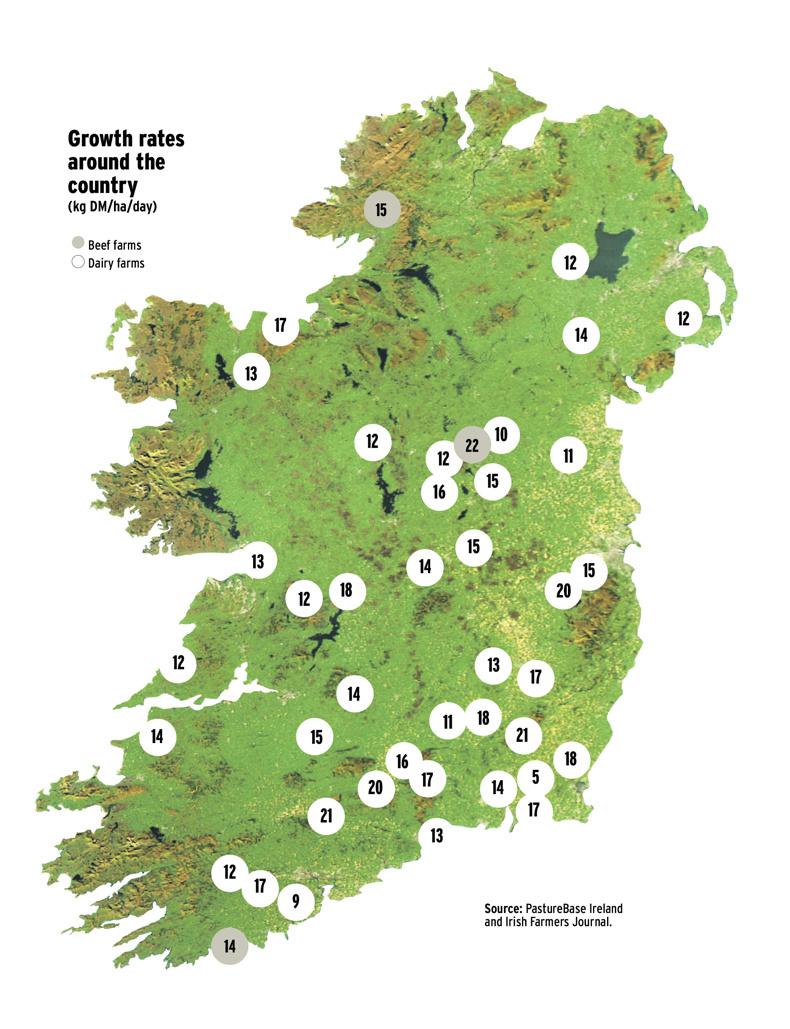
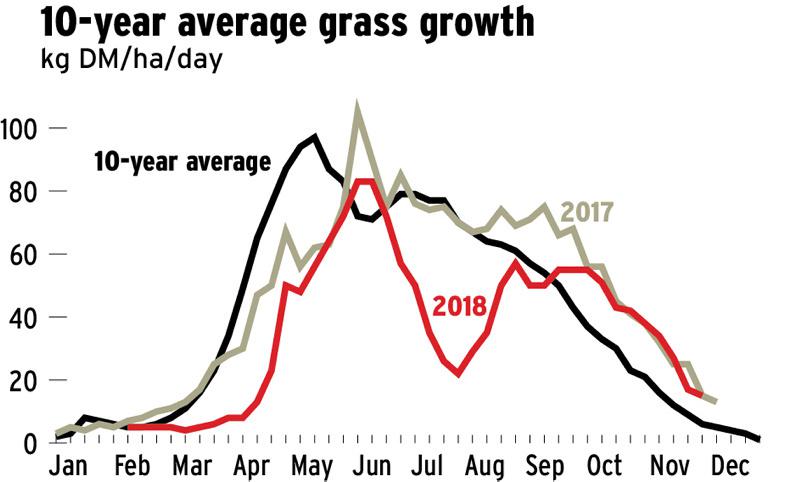
Read more
Grass+: grazing season winding down everywhere
The grazing season of 2018 is on its last legs now as attention on farms right across the country turns to housing stock. Growth is at 14kg DM/ha/day. However, this year, housing is being dictated by grass running out as opposed to land getting excessively wet. While there have been significant levels of rainfall for the last 10 days, up to 90mm in parts of the south, it appears to be soaking quite well as a result of the exceptionally dry summer and autumn.
Most farms will now have at least 70 per cent of the farm closed with many farms, particularly ones on heavy ground, now approaching the 90% mark and above it. Thankfully, this back end has gifted farmers a perfect opportunity to set things up nicely for spring 2019. If a grazing planner was being implemented, the 50-60% of ground closed by 1 November should have a reasonable grass cover now. While grass measuring is probably the last thing on farmers’ minds at the moment, it would be a very worthwhile exercise to estimate a closing grass cover before the winter. Ideally, a closing grass cover should be between 550kg DM/ha and 650kg DM/ha. Sward heights should range from 4cm in recently closed ground to 9cm in ground closed early in the final rotation.
Silage
With housing now taking place, it will be important to get silage allocation right, particularly if silage stocks are a concern.
Dry cows are probably the animals where large silage savings can be made. The typical feeding rate for a cow is 45kg fresh weight silage daily. First things first – go through cows and pens according to BCS. Target BCS at calving is 2.5. Cows being housed on or above BCS 3 can be restricted.
If moderate- to good-quality silage (65-70 DMD) is available, intake can be restricted to 30-35kg.
For thinner cows, 30-35kg of silage will suffice along with 1-2kg of concentrate. However, given the very good back end, the number of low BCS cows on the farm should be minimal.


Read more
Grass+: grazing season winding down everywhere






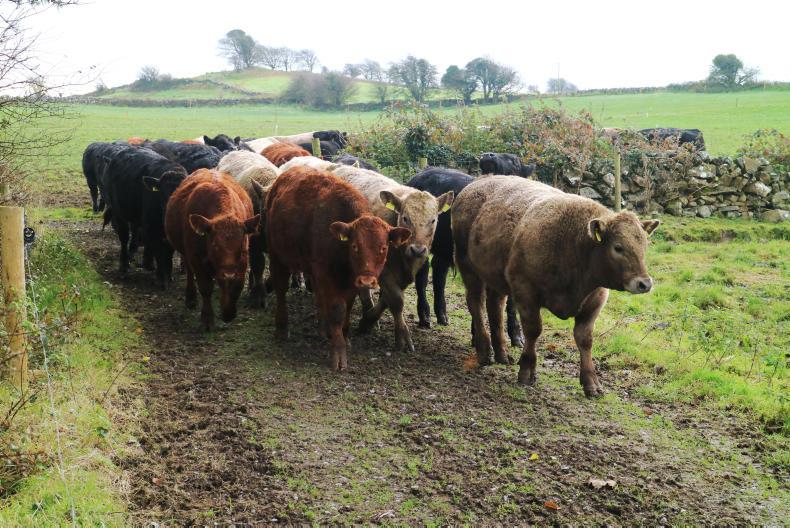
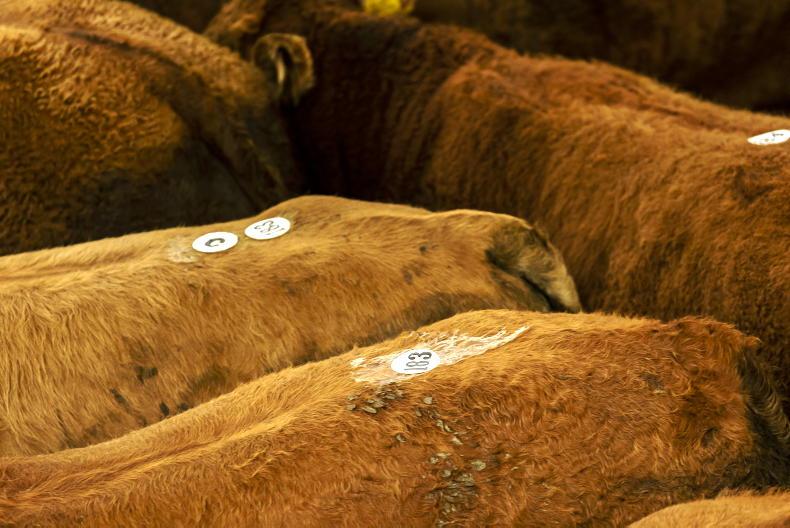

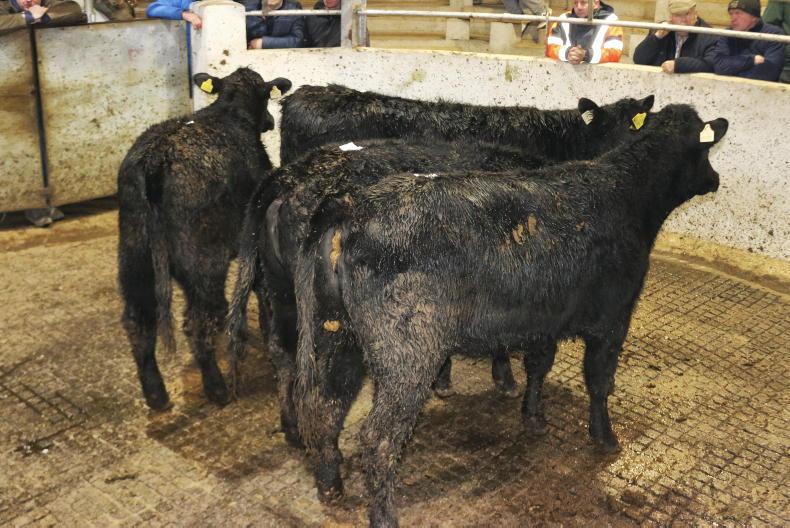
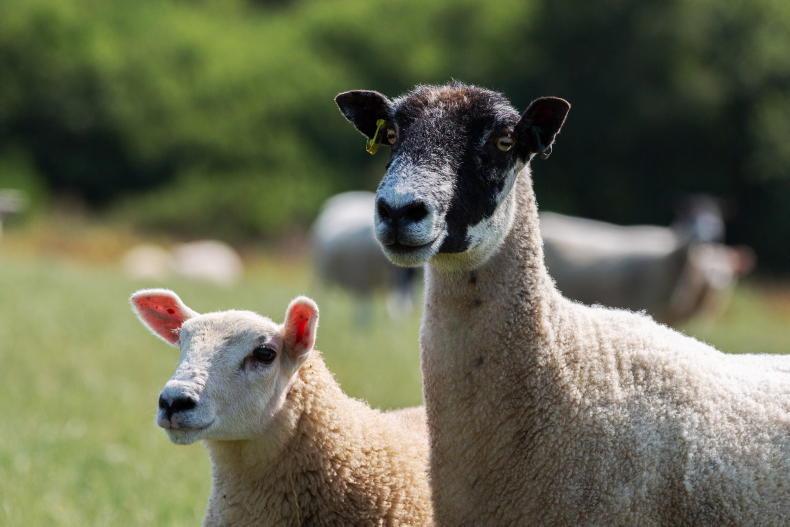

SHARING OPTIONS